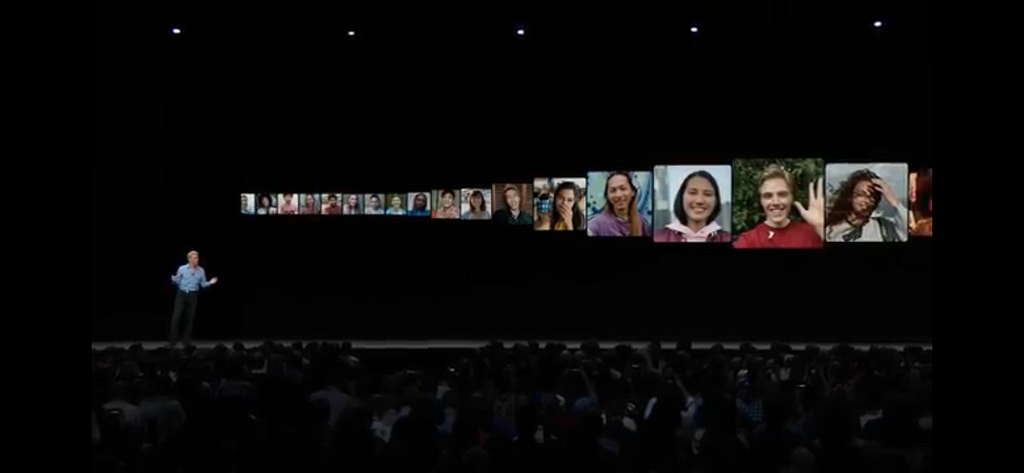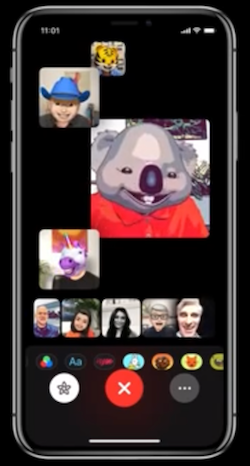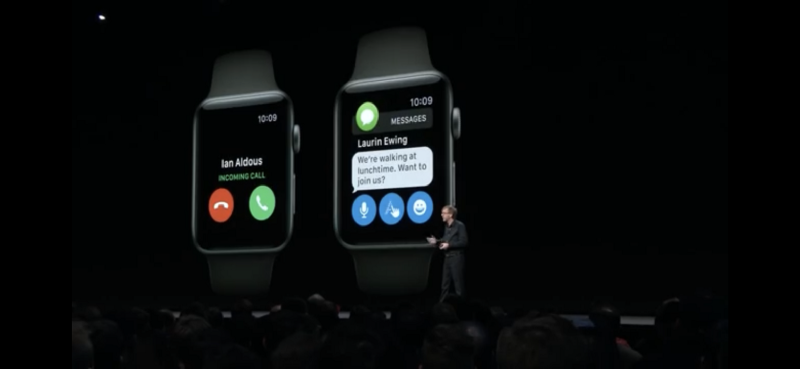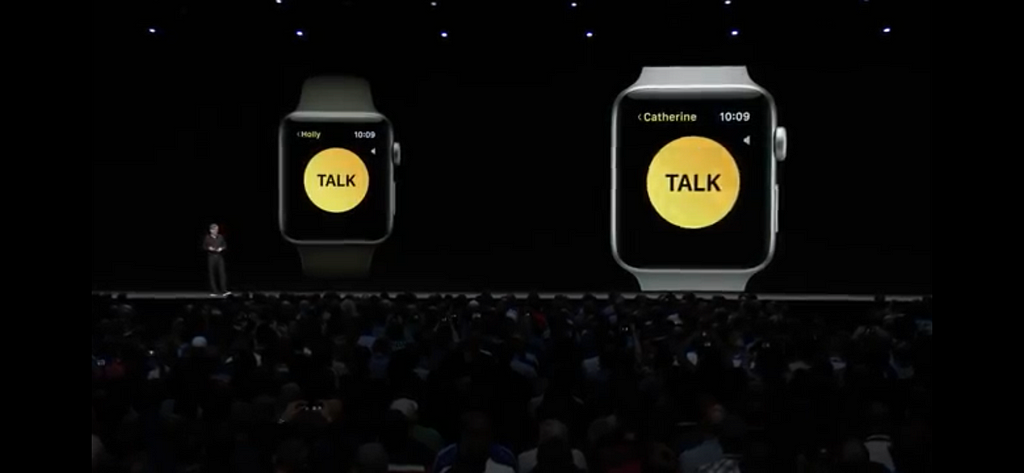Latest news about Bitcoin and all cryptocurrencies. Your daily crypto news habit.
 The announcements in WWDC 2018 highlight a lot of new capabilities that expect to create network effects among Apple device users.
The announcements in WWDC 2018 highlight a lot of new capabilities that expect to create network effects among Apple device users.
Last week Apple held its annual developer conference, the WWDC 2018. During its keynote, new versions of their operating systems (iOS, WatchOS, TV OS and macOS) were announced.
The overall perception from the press is that these were all minor releases (the iOS 12 has even been referred as “iOS 11.5” by some), with not a lot of new features.
Considering that, and also due to my usual focus in personal communications, I found really interesting how many of the few new features were actually around that space.
Messaging
For instance, one of the funniest moments in the keynote was around the improvements Apple is providing to their Messages app thanks to their Animoji/Memoji integration with the camera. Now iPhone users can create a personalized avatar that can follow their expressions in real time and use it to send images and videos via iMessage.
The interesting thing is that this feature does not really need to be associated with iMessages. Apple could have just baked this into the native camera function, and open it to developers, so that any existing app (from WhatsApp to SnapChat, Instagram or HouseParty) could immediately benefir from this.
But by keeping it within Messages, this approach acts as a differentiation for iPhone to iPhone communications, and in particular only available for the higher end models (Animoji is only available for iPhone X, and I guess new devices announced this fall). I believe this is intended as a sort of “pull effect” inside the Apple users to upgrade their devices to access this new capablities, creating network effects. The fact that Apple sees their proprietary communication service as a generator of incentives in the renew cycle also makes less believable that they will risk iMessage at any point by considering RCS support.
Group Facetime
Group FaceTime has been expected for a long time, and was expected even for iOS 11, so it was not a big surprise. What was really interesting was the decision to allow up to 32 people in a single call (which is a technological feat I expect to read about more in the future), and the specific User Experience designed created for it. Calls are presented with floating squares presenting participants, and the images move and resize to highlight who is currently speaking at any given time.
Not only that, but speakers can replace their faces with real time animojis too! (again, keeping this feature within the Apple-to-Apple communication walled garden).
They also commented something that I consider critical, which is that the experience for group calls will actually flow naturally from iMessages. This way a group chat will be able to be turned into a group real time conversation (audio or video), and information for an ongoing conversation will be present so that people can join it later on. I think this fluid approach for communications, being able to dynamically upgrade to a more immersive experience, or go back to a less dedicated one is fundamental. In practice, the split applications that iOS shows today (Messages, Phone, FaceTime and even Contacts) are just shortcuts that end up in the same experiences.
Once I can get some friends into iOS 12 I will test what the notification model is, to see if the behavior feels more like a “room” rather than a call.
But the point here is that network effects in groups are more difficult than in one-to-one communications, since everyone expected in a conversation being an iPhone user is more complicated. So I still see this as a way to create social pressure for users to migrate into Apple, but I also expect that group FaceTime usage will become marginal once cross ecosystem (iPhone and Android) applications can offer a similar experience. So I guess this will be a differentiation for a while, until it becomes an inspiration for WhatsApp and group video calls with that kind of convenient experience are available in every device.
Walkie-Talkie
As part of WatchOS 5 presentation, a lot of importance was given to the communication experience. In fact the Apple Watch was presented as focusing on two dimensions:
- Activity tracking
- Being in touch with others
For that second dimension, up until now the Apple Watch supported calling (via the connected iPhone or using its LTE connection for cellular models), as well as messaging (that even for third party apps).
But with Watch OS 5, Apple adds a new communication option to the device: the Walkie-Talkie.
Actually this feature was announced a long time ago, and not delivered until now. My guess is that until cellular version of the Watch, this could be an unfulfilled promise to users, and now Apple can use it to increase the value of the Watch as an independent (phone-less) experience.
I was expecting Apple to announce a CallKit extension to the Apple Watch, so that users could answer WhatsApp calls from their wrist, and eventually also enable VoIP calling in the cellular version of the Watch. This was not the case, maybe because short voice recordings with “push to talk” are a more battery friendly solution, and battery is still the main limitation for the Apple Watch.
On top of pushing the value of an independent Apple Watch (untethered), this capability may also be an excuse to be able to sell the cellular Watch through carriers without the normal voice calling function, which I still believe is slowing adoption due to its complexity.
Communications as ecosystem tool
Overall it is clear that for Apple, Personal Communications are a tool that allows them to differentiate their devices, provides a cool factor associated with the social and emotional aspect of being in touch with friends and loved ones (just consider that the Walkie-Talkie demo was actually a mom talking with her kid), and generates network effects by keeping groups of people within the Apple ecosystem and generating incentives to upgrade their old devices.
So we can expect Apple to keep innovating in this space and keep bringing features that will only work in Apple-to-Apple communications.
Personal Communications are still critical for Apple was originally published in Hacker Noon on Medium, where people are continuing the conversation by highlighting and responding to this story.
Disclaimer
The views and opinions expressed in this article are solely those of the authors and do not reflect the views of Bitcoin Insider. Every investment and trading move involves risk - this is especially true for cryptocurrencies given their volatility. We strongly advise our readers to conduct their own research when making a decision.





